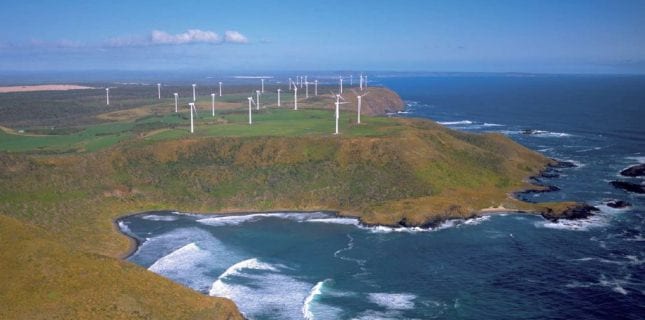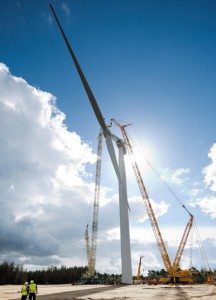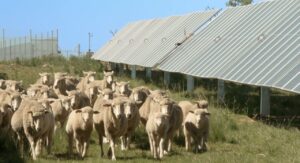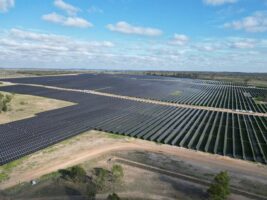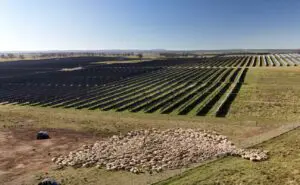Wind and solar are clearly the cheapest form of new electricity generation in Australia – we know that from the various studies conducted by the CSIRO, the Australian Energy Market Operator, and others over the past few years.
But where in Australia is wind and solar the cheapest to produce – taking into account the actual resource, the transmission costs, and the installation costs.
AEMO has provided an answer to that in its draft of the Integrated System Plan, its 20-year blueprint of what needs to be done under various scenarios to accommodate the exit of coal from the main grid, and its replacement by cheaper and cleaner technologies.
It’s important work, because AEMO has that at least 30GW of new wind and solar will be needed to replace retiring coal generators, and up to 47GW over the next two decades under its “step change” scenario that respects what scientists say is necessary to match the Paris targets.
The analysis by AEMO suggests that the Darling Downs region in south-west Queensland offers the cheapest cost of large scale solar technologies, followed by northern South Australia and the area around Roxby Downs, the location of BHP’s giant Olympic Dam project – which may get a renewable upgrade depending on the results of its current energy tender.
For wind energy, the cheapest locations are to be found in Tasmania, with the Midlands region delivering anticipated costs of around $40/MWh. Other regions competing on costs are in Victoria, far north Queensland, and the southern parts of South Australia.
The most expensive regions for large-scale solar are in north and far north Queensland, likely due to the amount of cloud cover. The least attractive areas for wind energy are Wagga Wagga, other areas of south-west NSW and Broken Hill, which will be little cheer for AGL and its partly owned Silverton wind farm, already suffering from severe network constraints.
The costings were done by AEMO to help it guide its preferred locations for renewable energy zones. It has identified 35 of these REZs that might need to be built over the next 20 years, depending on the scale of the transition to renewable energy that is adopted.
Its 20-year blueprint – which considers scenarios ranging from slow change (catastrophic in terms of emissions and climate change) to “step change (which at least matches the science) – and puts a high priority on eight different REZs across the country.
These include three in Queensland (Darling Downs, Fitzroy and far north Queensland), three in Victoria (all for wind), one in NSW (wind and solar) and one in South Australia (solar at Roxby Downs).
“The ideal near-term REZ locations would take advantage of both attractive renewable resources and spare transmission capacity – subject to land availability, regional policies, and consultation with local communities and traditional owners,” the document says.
“While similar REZs would be needed across scenarios, the timeline varies. For example, with VRET (Victoria’s renewable energy target) and QRET (Queensland’s) continuing to 2030, most early REZ development occurs in Queensland and Victoria.
“If those state-based schemes finish early, REZ development in New South Wales, South Australia and Tasmania will be accelerated.”
It says the additional 3GW of VRE (variable renewable energy – or wind and solar) now planned for early development in Central West REZ by the NSW Government may also influence the location and timing of wind and solar projects across the NEM.
“While long-term stranded asset risk is relatively unlikely, there is a risk of underutilisation if assets are developed and a different scenario unfolds.”
See also: AEMO maps out path to 90 per cent renewables for Australia by 2040
It

